Ljubljana related
Ljubljana may be the capital of Slovenia, but when it comes to St Martin’s Day celebrations (Martinovanje) the first city is Maribor. This claims to have “the biggest public one-day celebration” of the hour when the year’s new wine if officially launched. It also comes a short time after the weeks-long Old Vine Festival in Maribor, nominally focused on the oldest vine in the world that still produces grapes, but in reality a celebration of all things food, wine and Slovene.
As the video above shows, the city it thus ready, willing and able to get into the festive spirit, with some 20,000 people expected to take part in a day that brings the producers and consumers of wine together, and much more to do than just drink a glass or two. There will be a “celebration of autumn” procession, with wine queens and others, wending its way around the city centre. There will be a ceremony when must – the immature wine – is blessed and becomes the focal drink. There will be food to sample along with the wine, from local farms and restaurants. And there will, of course, be music and dancing.
The whole thing kicks off at 11:11 (not a typo, for once) on Monday 11 November, with the organised events set to run until 21:00. All the events are centred at Trg Leona Štuklja, while the Old Vine House (Stara trta) should also see some action, and that can be found not far away, at Vojašniška ulica 8. If going to a wine event on a Monday is not possible, then consider a visit to the smaller – but still very grand – Ljubljana Wine Route, which takes place this Saturday, 9 November (2019), as detailed here.
STA, 25 September 2019 - The wine grapes harvesting season, which is in full swing, has a bitter side taste this year as well, as winegrowers and winemakers continue to struggle with sales in the face of large amounts of cheap imports.
The problematic situation was presented to the press on Wednesday by the Vinis Association of Slovenian Winegrowers' and Winemakers' Societies.
Its president Alojz Slavko Toplišek told the STA the growers had "truly found ourselves in a situation when we don't know what to do with the produce we invested our labour and money into through the whole year".
While the exact estimates of the amounts of grapes that could remain unpicked are not available yet, Toplišek said the key problem were excessive imports of cheap wine.
"We are at a major crossroads. We can either allow the market to completely quash us, or we can preserve our countryside," he warned.
He pointed out that the developments are already affecting the demographic situation at a number of farms where even small vineyards were an important source of income in the past.
Suffering the most are winegrowers with 3000 to 5000 square metre vineyards and without their own market, Toplišek said, while also noting the issue of local winemakers who already have established market routes being prohibited by law to buy grapes from smaller growers.
He feels the government should provide some protective measures for such cases, some "basic personal income", since those persisting with wine growing are for instance also preventing the overgrowing of rural zones.
Vinis in general has good relations with the Agriculture Ministry and has acknowledged the state's efforts in this field, with Toplišek pointing out that a ministry council for wine growing had held its maiden session today and also included a representative of the association.
Slovenian growers also struggled with sales seriously last year, which saw very high yields. Production increased by 42% compared to 2017, yields had however been poor in 2016 and 2017.
Slovenian winegrowers worked 15,630 hectares of vineyards in 2018, down from 15,839 the year before. In 1991 Slovenia still had over 20,000 hectares of active vineyards.
STA, 18 August 2019 - Slovenia's oldest town, Ptuj, will set the stage for the 23rd annual Days of Poetry and Wine (Dnevi Poezije in Vina) between 21 and 24 August, although the festival and accompanying events will spill over to 18 other towns in Slovenia and across the border.
The festival will feature 20 established poets from across the globe with Serbian poet Radmila Lazić and Chinese poet Bei Dao as the guests of honour and Germany as the country in focus.
Pre-festival poetry readings will start on Sunday, 18 August, in Petanjci in the Prekmurje region in the north-east, followed by an event in Ljutomer on Monday where poets participating in a poetry translation workshop will present their translations to the public.
The next day will see events in a number of villages and towns across the country, including an event at Ljubljana's riverside Špica and poetry reading on a boat on the river Ljubljanica.
The official opening in Ptuj on Wednesday will see Ilija Trojanow, the multi-award winning Bulgarian-German author, read his Open Letter to Europe.
"Trojanow is truly global citizen; being of Bulgarian descent, he writes in German, lives in Austria, grew up in South Africa and writes his poetry in English. His are in fact three mother tongues," says the festival director Aleš Šteger.
Since 2017 the festival has picked a prominent European thinker each year to write a letter reflecting on Europe, which is then sent to European institutions and published by various media. "We've been assured that it'll be translated into at least 12 languages," said Šteger.
A total of 60 events such as poetry readings, poetry duels, workshops for children, concerts, carnival promenades, art installations will be accompanied by a selection of finest wines.
For the first time the festival will feature readings by young authors and poetry for breakfast. In a first time it will also visit the Carthusian Monastery of Žiče.
Exceptional international poetry that comes to life in the intimate spaces of old gardens and squares attracts almost 10,000 visitors from Slovenia and abroad to the festival each year, the organizers say.
Most of the events are being held in Slovenian and English and all except for one are admission free. Proceeds from the tickets for the poetry duel will go to studio for young talents.
Since 2014, the festival has been part of the European poetry platform Versopolis, which is dedicated to the promotion of poetry internationally.
The full programme can be found here
STA, 27 May 2019 - Three Slovenian and three Croatian archives have joined forces for a project presenting various topics related to wine and wine-growing on both sides of the border, which is expected to result in a travelling exhibition.
The agreement on cooperation in the Wine at the Border project was signed in Maribor on Monday by representatives of archives from Croatia's Varaždin, Zagreb and Štrigova and from Slovenia's Maribor, Ptuj and Celje.
The project is a continuation of years of successful cooperation between the six archives, coming after two similar projects. This time, the institutions want to present the wine-growing heritage of the area they cover.
"We want to present the rich history in this field by means of the archival material," Ivan Fras, the director of the Regional Archive Maribor, said on the occasion.
Borut Batagelj, the head of the Historical Archive Celje, added that it was not an extensive research project, but a presentation of the related material kept in the six archives.
The final product of the project will be a catalogue and a travelling exhibition on the wine-growing districts from Prekmurje to Posavje in Slovenia and from Međimurje to Zagorje in Croatia.
The project, whose Croatian part has already acquired EU funds, aims at presenting the border area as a whole, said Batagelj.
"Several topics will be presented: from the cultivation of land, vineyards, wine cellars, sale and consummation of wine to anti-alcohol movements," he added.
"The border is what actually connects us in this aspect, which is especially topical in the time when we are getting the feeling that the two areas are being increasingly divided."
Darko Rubčić, the director of the National Archive in Zagreb, is convinced that further cooperation between the institutions will help people from both sides of the border learn more about each other.
"Archives, which are frequently recognised in the public as defenders of national interests, want to show with such joint projects that relations in the closer border area have always been good," the initiators concluded in a press release.
All our stories about wine can be found here
Slovenia has three wine regions. Podravje (the Drava Region), to the northeast; Posavje (the Sava Region) in the southeast; and Primorje (the Littoral), in the west, by the coast and Italy, including the famed Goriška Brda. The country also has seven native wine varieties: ranfol, žametna črnina (aka Blauer Kölner), rumeni plavec, zelen, pinela, vitovska grganja and rebula.
But I didn’t know that before I attended this event, organised by WineTasting Ljubljana. Or if I once did, briefly while the words flashed before my eyes or rung in my ears, then I forget. I only know it now because I took notes.
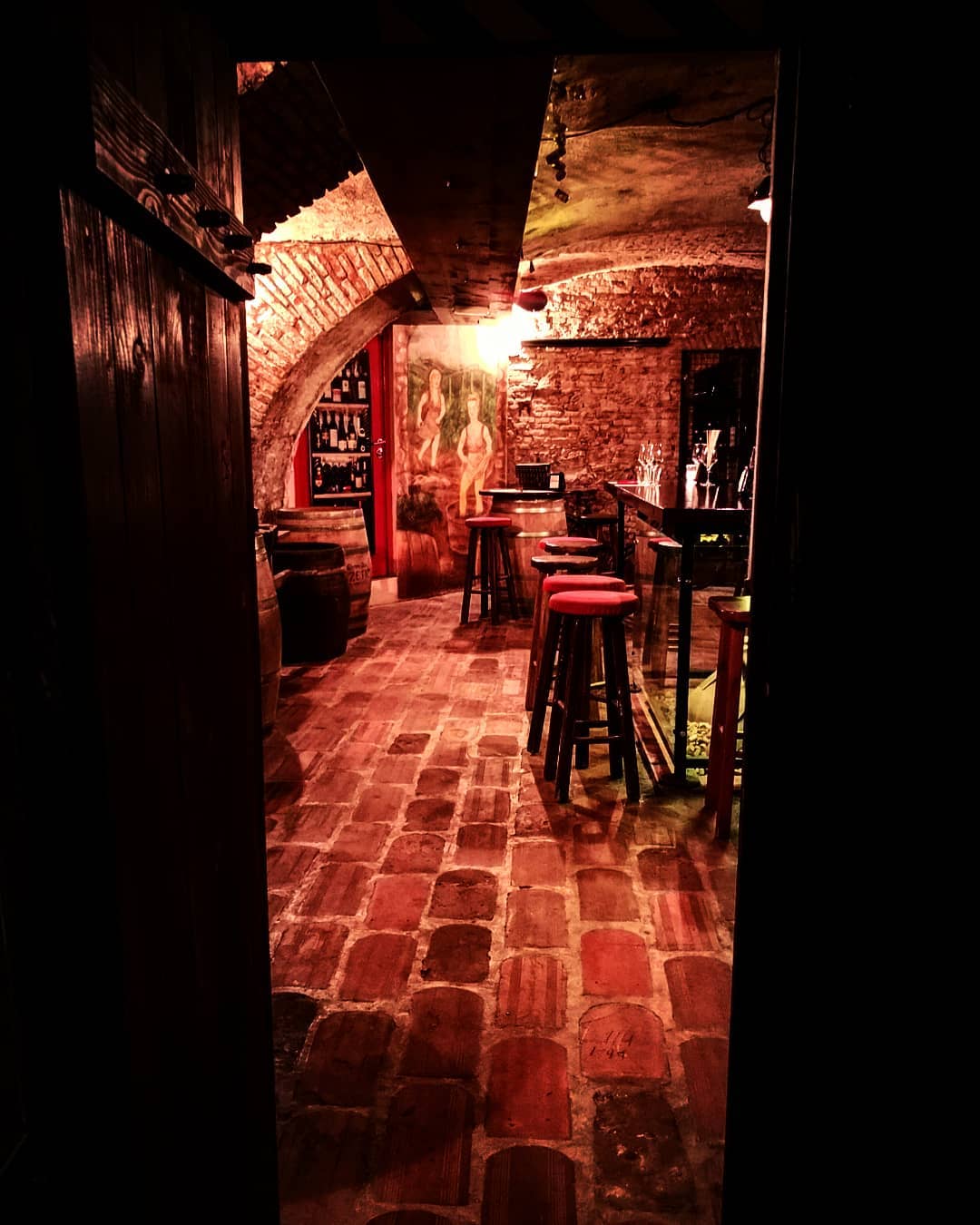
The wine celler under Dvorni Bar
A Slovenian wine tasting holiday in one evening
So in some ways I’m the ideal person for the wine tastings offered each evening by Wine Tasting Ljubljana. These don’t take you deep into one variety, but instead offer a tour of the country’s viticulture in seven glasses, one for each of the native varieties, with your guide (in my case the sommelier Boris Vukobrat), talking your through the experience.
Or as Boris put it: “You will drink, I will tell you stories.”
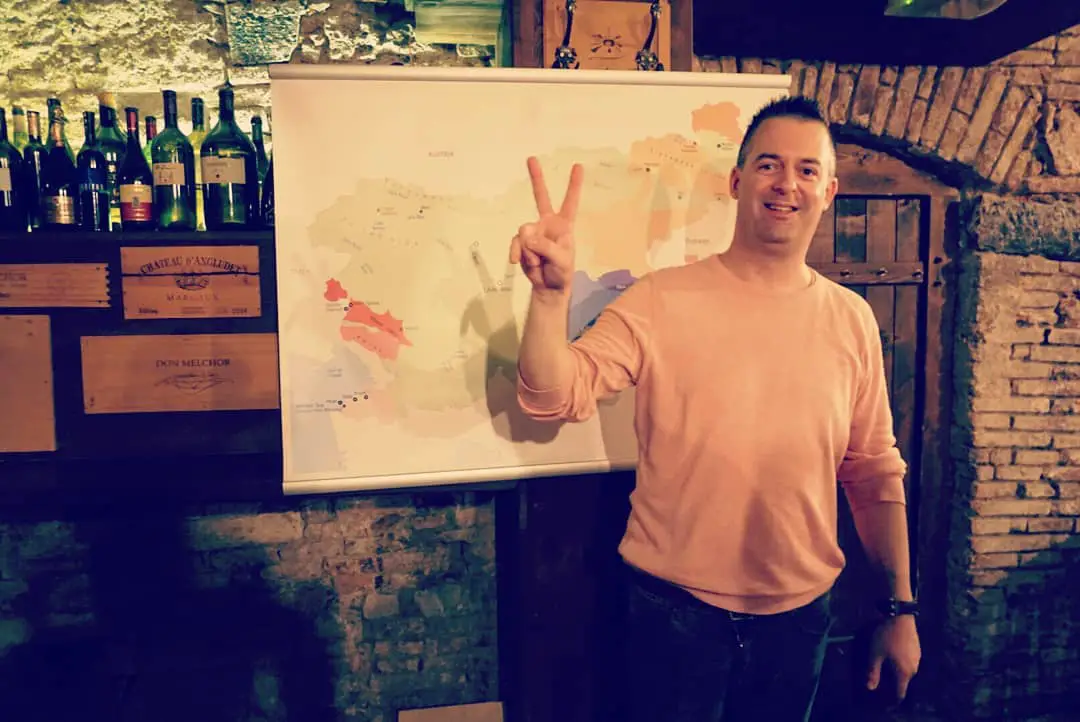
Boris - "The problem with Slovenian wine isn't quality, it's quantity. We don't really produce enough to export, so the best place to drink it is Slovenia."
The tastings take place in a 300-year old wine cellar beneath Dvorni Bar, just off Kongresni trg / Zvezda Park, and last for about 90 minutes. Whatever the weather outside, down in the cellar it’s cool and dim, with low lighting and candles giving the event a sense of occasion. There’s a map on the wall that Boris uses to show where the bottles come from, and some snacks on the table – cheese, olives, dried fruit, nuts, and pumpkin oil – to complement the wines, along some water and bread to cleanse the palate.
Boris knows his stuff, and also runs the same events in Bled, so I learned a lot. The evening starts with a light white, rebula, the kind of that’s dangerous because the low acidity means you can easily drink too much. It then moves to heavier whites, through a surprise wine (which we taste blindfolded), then into heavier reds, and ends with a dessert wine.
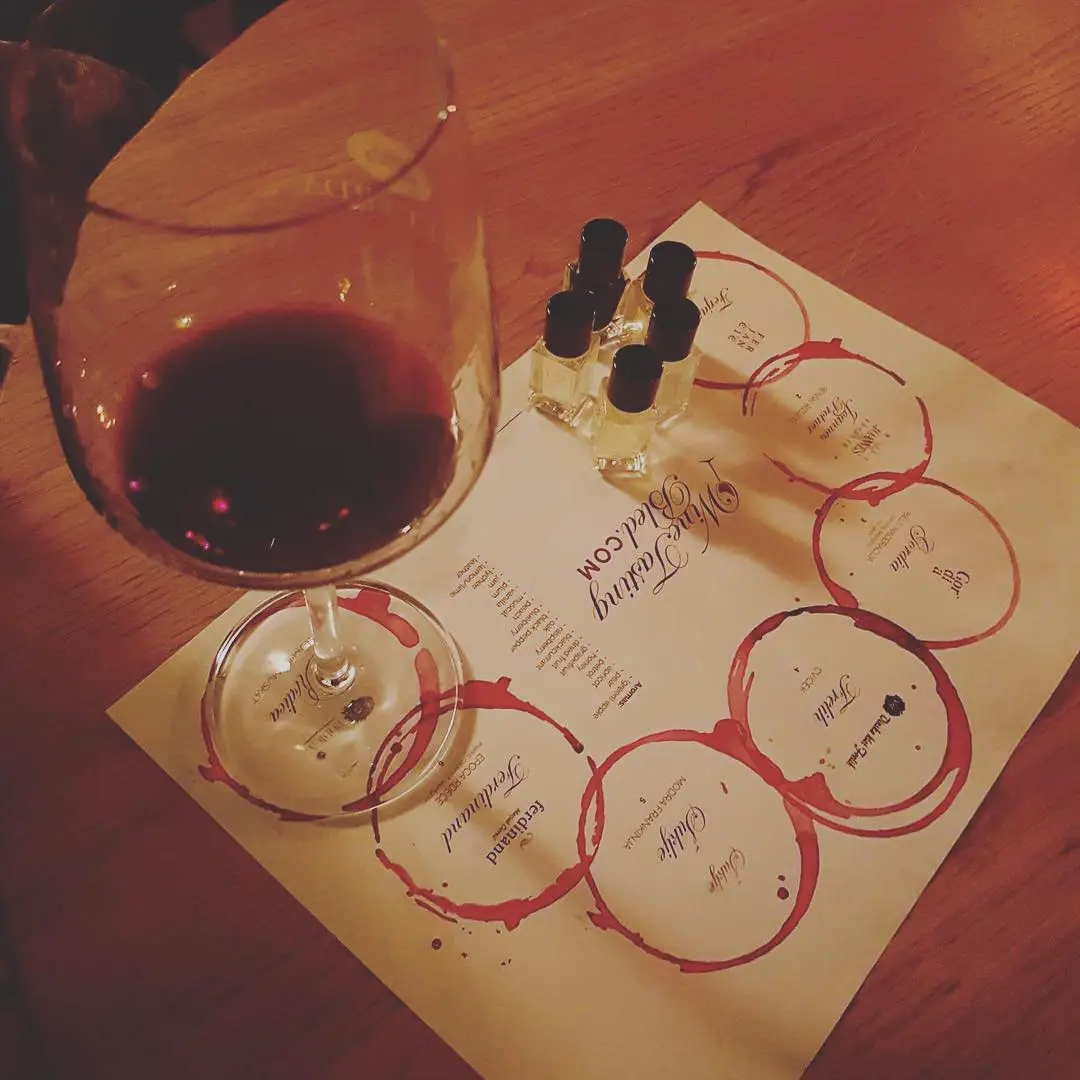
When each is poured, but before you drink it, Boris explains the some of the history and present of the wine, it’s relationship with the land, what to look out for when sampling it, and some suggested food pairings. You take your time and hold the glass up the light, swirl it around to see “the legs”, inhale the aromas – if there’s no vanilla, it was stored in steel; if there’s vanilla then in oak; if it smells like petrol then you’re drinking Riesling (one hopes). You’ll also learn some practical tips, perhaps the most important being that a low sulphur content means less risk of a hangover.
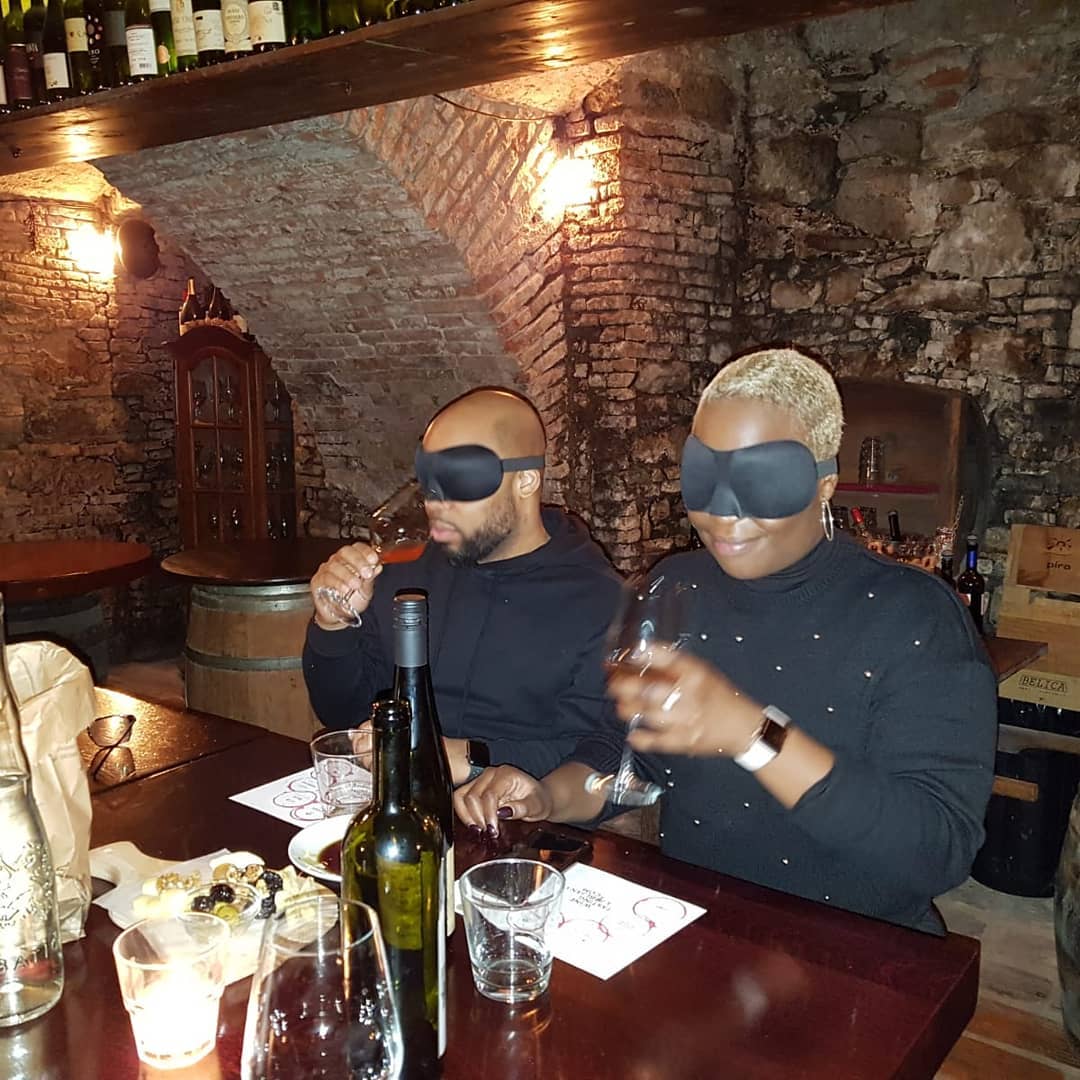
If you’re like me, and tend to drink too fast, anxious to find whatever magic is hiding at the bottom of a bottle, then the experience is a novel and enjoyable one. It’s nice to take things slow and have your hand held, to have someone help you stop and smell the flowers, vanilla, grapefruit, blackcurrant, lychee or gasoline, with one part of the tasting being a round of smelling certain concentrated aromas and trying to guess what they are. Being told the story of the wine and what to look out for before sampling it also primes you to be more attentive, to savour each inhalation or sip – to get more out of wine, and thus more out of life.
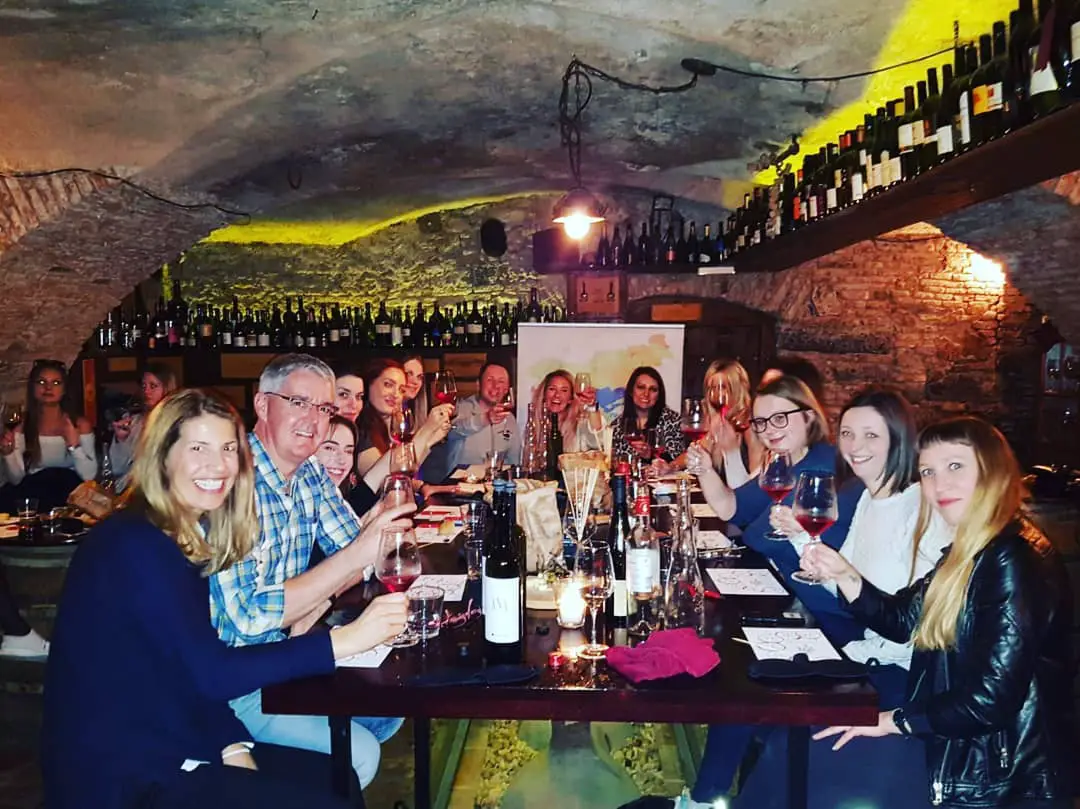
The glasses aren’t full pours, and you’re unlikely to get drunk, but if attending a 17:00 tasting you’ll leave at around 18:30 with a pleasant warmth, more joy and greater enthusiasm, making this a great start to a longer evening of fun. You’ll also have been taken on a short tour Slovenian wine varieties and regions without having to leave the centre of Ljubljana, and be able to order a glass or a bottle with more confidence.
To that end, Dvorni Bar itself, where the cellar and tastings are located, is a great place to carry out more in-depth research, with hundreds if not thousands of bottles. (I had a tiny after-wedding party there, spent over €400 and remember nothing but my wife’s name, but next time I’ll take notes.)
You can book a your place with Wine Tasting Ljubljana on the website, by This email address is being protected from spambots. You need JavaScript enabled to view it.or phone (00386 41 90 50 70), and if you’re staying in Bled the same group does a similar event there (details)
All our stories on wine in Slovenia can be found here
STA, 6 May 2019 - Slovenian Agriculture Minister Aleksandra Pivec and Massimiliano Fedriga, president of the Italian region Friuli Venezia-Giulia, urged cooperation in efforts to jointly protect the Rebula wine from the cross-border area, as they met in Slovenia's Brda on Monday.
The proposal for the protected designation of origin under the name Rebula Brda - Collio implies establishing an 800-hectare wine-growing area covering Slovenia's Brda as well as Italy's areas of Collio and Colli Orientali, according to the minister.
"Our proposal, which is based on the meetings with Rebula growers, envisages two possible scenarios," Pivec told the press after meeting Fedriga.
The first one is a cross-border designation "Rebula-Ribolla Gialla Brda - Collio", which implies a procedure in line with EU market rules and which would result in a uniform area of Rebula wine and vine production.
The other scenario is registering a collective trademark, which implies registration with the European Union Intellectual Property Office, said Pivec.
She stressed it was possible to pursue one of the two options or both at the same time.
Pivec also announced that by June, a cross-border task force would be set up featuring representatives of Rebula wine growers and politicians.
Pivec also visited Brda in January to discuss with local farmers their efforts to protect Rebula together with Rebula growers on the Italian side of Brda.
The Slovenian winegrowers had launched a debate with their colleagues from the Italian side of Brda to protect Rebula a few years ago.
The reason was Italian farmers also growing this vine in the Padua Valley, where it is easier to grow and where it produces a different taste.
Pivec and Fedriga also discussed today the drafting of documents to have the exceptional terraced landscape rich in historical, cultural and natural heritage placed on UNESCO's world heritage list. It is their view that all procedures should be finalised as soon as possible.
April 23, 2019
Love brought Denise from Malta to Slovenia, which is now her second home and the new field of her gastronomic and oenological exploration. Denise recently decided to start a blog about her food and wine-tasting experiences in Slovenia, which also includes an overview of the upcoming events, information on active osmica’s and other informative insights. Interested to learn more, we got in touch and this is what she told us.
Where are you from, and what brought you here?
I’m from Malta, and happened to marry a Slovenian. We constantly travel between Malta and Slovenia, with Malta being our main base for now. I must admit, we do spend a good part of our year in Slovenia because there are so many new places to explore. We’ll see what the future holds.
What work did you do in Malta, and do you think there is a demand for it in Slovenia?
I’m a content writer by profession, and since I write in English I think I could come in useful to some people here.
What were your first impressions of Slovenia, and how do they compare with what you think now?
My first encounter with Slovenia was brief: I travelled through the country by train as I was on my way to Croatia from Trieste. This was back in 2002. At that moment I just knew I had to return. The natural landscape struck me as impressive, so green and different from what I’m used to back home in Malta.
That first impression hasn’t changed. On the contrary, the more I travel around Slovenia, the more I fall in love with its natural wonders and beautiful scenery, and can confirm that I was so right about my initial feeling about the country.
My true love affair with Slovenia began in 2013 when I first visited my (now) husband.
What has been your experience of culture shock in Slovenia?
I haven’t experienced much culture shock. The main difference is the language, which I’ll get into later, and the rather high alcohol consumption among the ageing population. Something I find funny: Some people keep calendars featuring naked women in their garages or workshops. Can you imagine how awkward I felt one day when trying to speak to my husband’s grandma who was standing right in front of a picture of this lady baring her all?
What’s your blog, and how long have you been running it?
I launched my blog Wine Dine Slovenia about a month ago now.
Why did you set it up, and can you explain why you chose food and wine as the focus?
I set up Wine Dine Slovenia to express my passion and fascination with the diversity of Slovenia’s gastronomy, in the knowledge that I’ll also learn more about Slovenian culture and way of life as I go along with developing it. I love to enjoy my food, as you’ll see through my posts, savouring every bite as I chew and every sip as I discover a new wine.
Slovenia has such a large number of successful winemakers who are extremely passionate about what they do. You can see that they put their heart and soul into their vines and wines. Some winemakers take that extra step by letting their spirit run wild, to be daring and come up with something innovative. It’s only recently that the high-quality level of Slovenia’s wines is becoming more internationally appreciated. So I’d like to contribute to spreading the word and get more and more people outside of Slovenia, and within it, to appreciate what the country has to offer in terms of wine as well as food.
What can people learn on your blog?
Through part of my blog I aim to present the genuine and typical food and drink that is served in relatively unknown parts of Slovenia, such as undiscovered or out-of-the-way farm-stays or ‘turistične kmetije’ as they’re known here in Slovenia. You also have the ‘osmice’ that are held twice yearly (spring and autumn) in the western region of Slovenia (Primorska) during which farms offer their home-made produce, such as cured meats, bread, cheeses, olive oil, sausages, stews, štruklji, fruit juices, wines, and liqueurs.
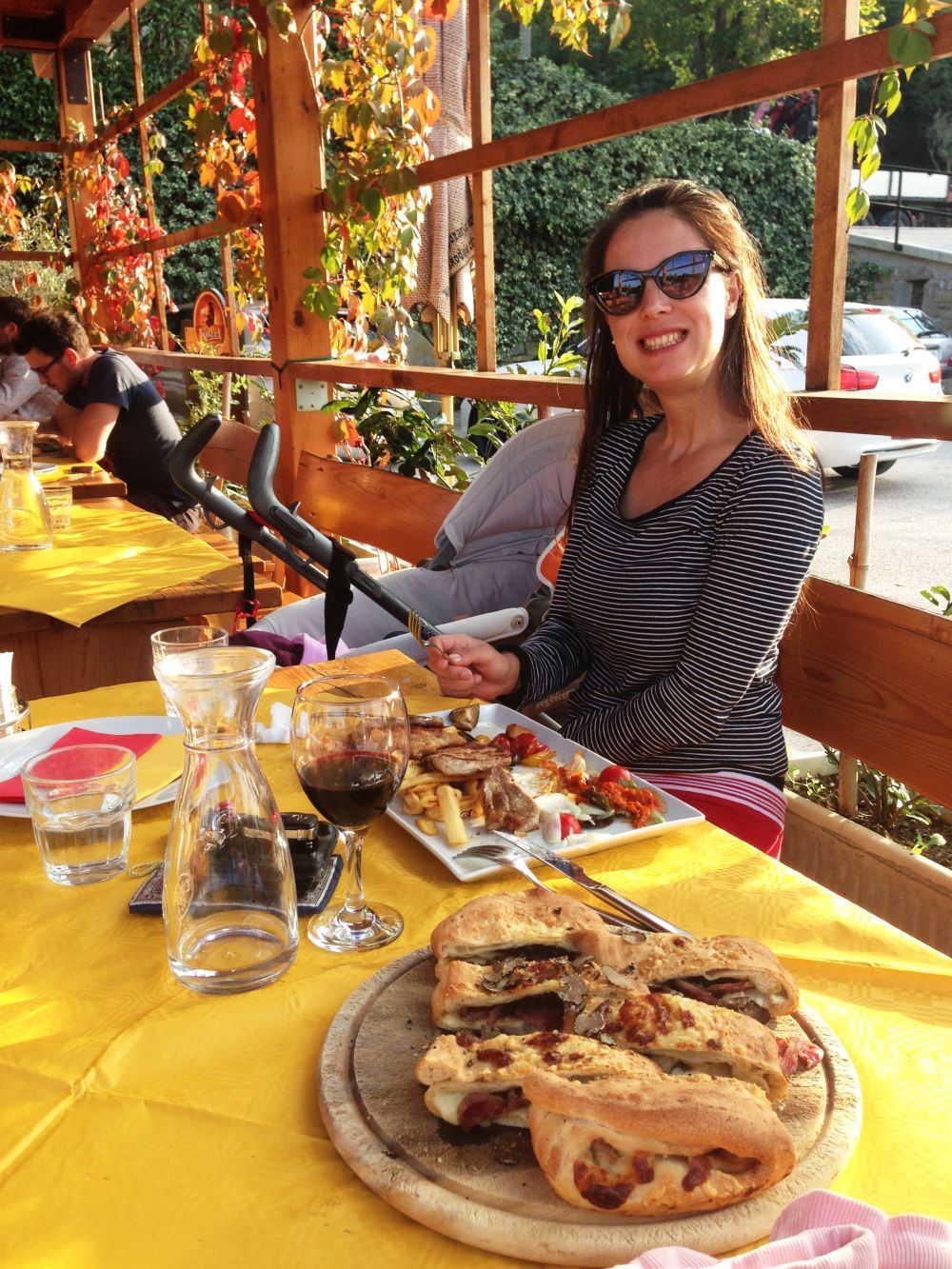
What are your plans for your blog as it develops?
The blog is still very new, but I will work to make it more comprehensive so that it will be a reference point for those who want to know all about what’s happening in the food and wine scene in Slovenia. I eventually want to include a complete list of wine and culinary events taking place all over the country.
Where can people find out more about your work?
You’re very welcome to visit my blog: Wine Dine Slovenia and follow me on social media: Facebook, Instagram, and Twitter. I will greatly appreciate your support! Feel free to leave your comments on the blog itself and even on my social media pages.
What are some things from Slovenia that you think Malta could benefit from?
Definitely sustainable tourism and sustainable development.
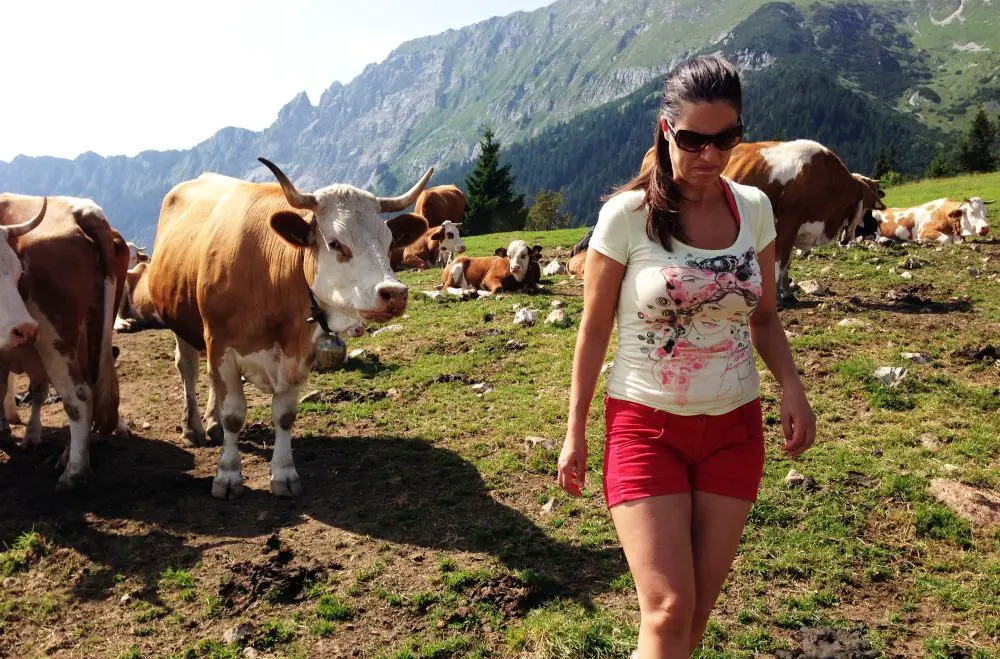
And what are some things from Malta that you think Slovenia could benefit from?
More smiles on people’s faces when I approach them for assistance, for example at the shops. Some locals, in Ljubljana mostly, don’t come across as too friendly.
Have you started to learn Slovene?
I’d never had the opportunity to be so frequently exposed to the language before I met my husband. The Slovenian language is nowhere near the languages I’ve been accustomed to hearing or using, which are English, Maltese, French, and Italian. Yes, Slovene has a few Italian words thrown in, but it still sounds completely foreign to me. However, I love a good challenge. I know that Slovene is extremely difficult to master, especially because of all the cases or ‘skloni’ that it has, but I’m on a mission to learn it well enough so that I can at least understand it, if not hold a decent conversation.
What methods are you using to learn it?
My in-laws are certainly helping me to increase my range of vocabulary (I have no option but to speak Slovene to certain members of my husband’s family), and I also find the freely accessible Slovene Learning Online course slonline.si fun, engaging and extremely useful.
Where are some of your favourite places to visit here?
My favourite region is Primorska—the food there is not as rich or heavy and as in other parts of Slovenia. And I can also almost smell the salty, herb-infused Mediterranean air! The Slovenian coast is rather pretty with the Venetian-style streets and architecture. I have an endless list of places that I fell in love with in Slovenia, but I’ll try mention a few that are closest to my heart: the Goriska Brda wine region; Slovenian Istria particularly Izola, Marezige and the romantic view from the wine fountain, and Strunjan; Jeruzalem in eastern Slovenia; Triglav National Park and the mountain town of Bovec; Tolmin, and Most na Soči.
What things frustrate you about life in Slovenia?
Skloni
What things delight you?
Food: veal stew, deer goulash, juicy Vipava struklji, potica... and wine: particularly a delicious blend of Merlot, Cabernet Sauvignon, with the addition of sweet wine from dried grapes!
Do you think you’ll stay in Slovenia for the rest of your life?
What I know for sure is that I’ll be spending more and more time here in Slovenia than anywhere else.
Would you advise a friend to move to Slovenia?
I would recommend it, especially if they like hiking, pure nature, a wide variety of foods, and great wines.
What are some places you recommend
I’ll be writing about various eateries that I’ve taken a fancy to in my blog, but there are some unforgettable hiking trails: to the top of Rašica hill from where you can admire views of Ljubljana and the surrounding areas and where Planinski dom Rašiške čete na Rašici serves up some delicious mountain hut food, Sveti Jošt nad Kranjem with its delightful Dom na Joštu, Tolmin gorge, Soteska Pekel (Hell Gorge) where you can even see Devil’s tooth!
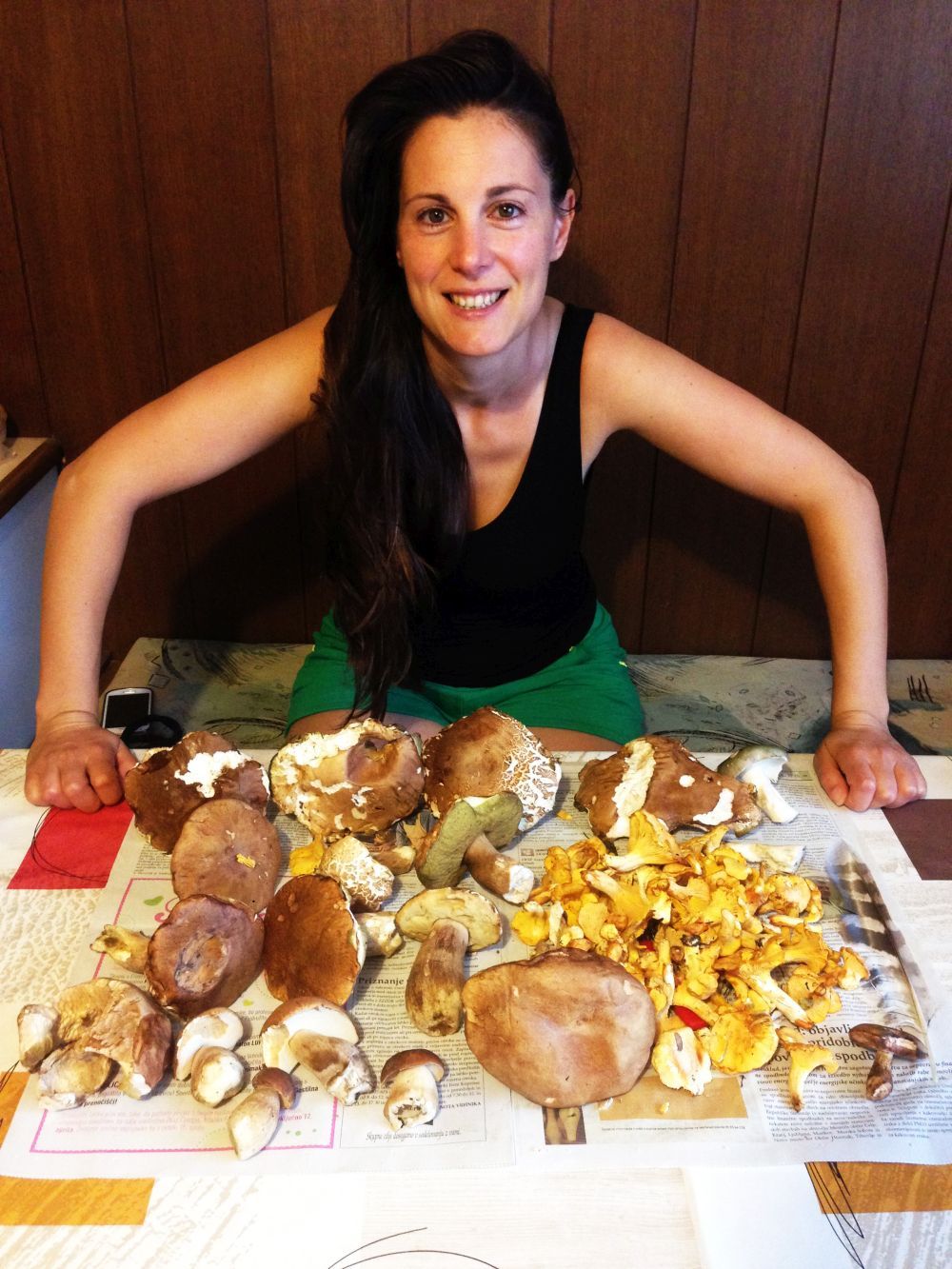
You can keep up with Denise as she continues to explore and write about Slovenia at Wine Dine Slovenia, and if you’d like to share your story with our readers, please get in touch at This email address is being protected from spambots. You need JavaScript enabled to view it..
Open Kitchen is a focus and highlight of the week for many in downtown Ljubljana, bringing stalls selling hot food and cool drinks to the marketplace between the river and Cathedral each Friday, running from an early lunch to dinner. With the culinary event returning for another season at the end of this week, and set to appear at five other towns in Slovenia, we sent some questions to Lior Kochavy, the busy co-founder of the project, and he was kind enough to reply.
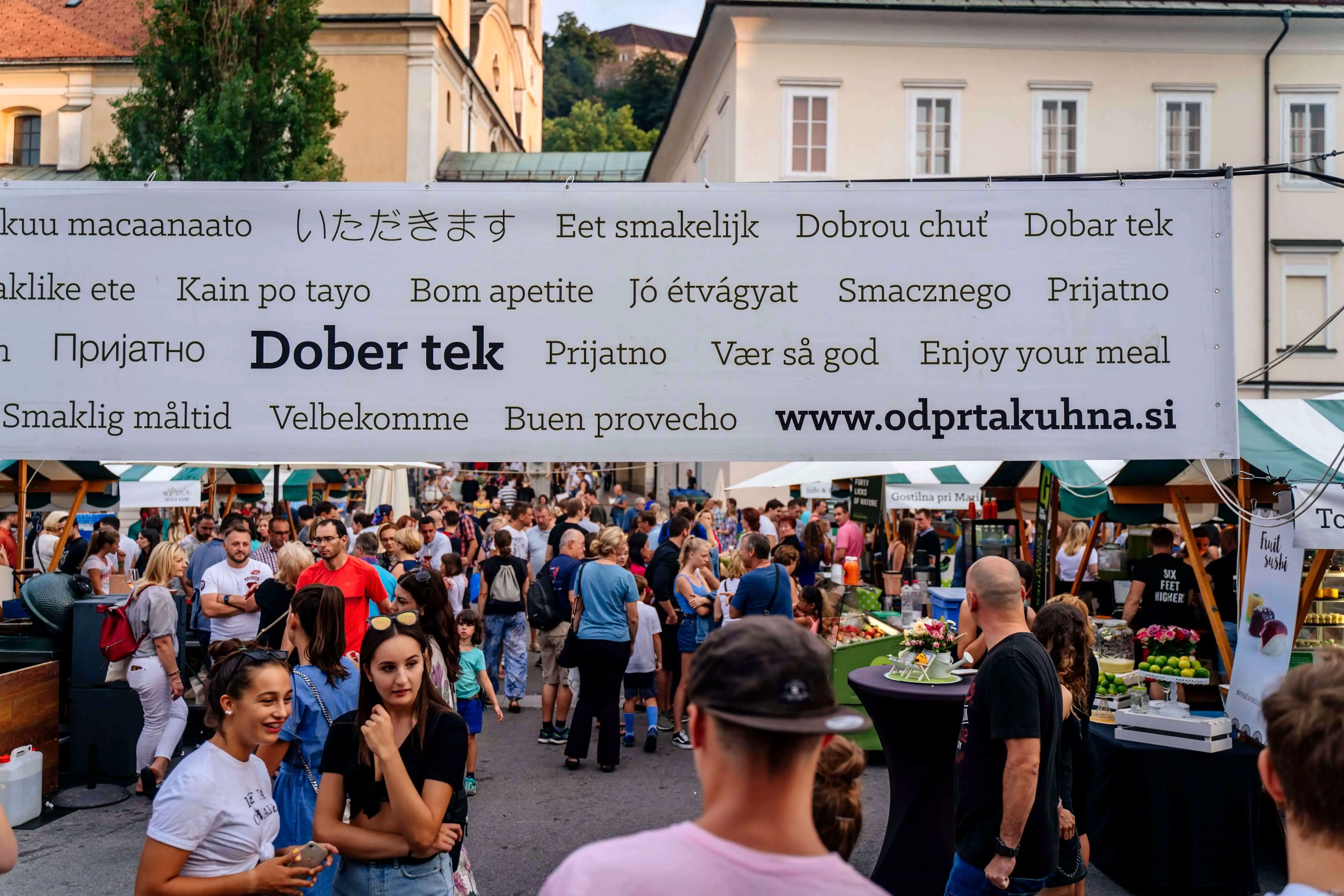
How long has Open Kitchen been running?
The first Odprta kuhna (or Open Kitchen) happened on Pogačarjev trg in Ljubljana in 2013, so we are just about to start our 7th season on Friday, March 22. It is going to be pretty special as it turns out, because the opening will be the 150th Odprta kuhna event in Ljubljana and our 200th Odprta Kuhna event ever. You see, we also take Odprta kuhna on tour around Slovenia to Celje, Koper, Nova Gorica, Ptuj and Novo mesto, the latter being a new location this year. Our first event in Celje is scheduled for March 30, we go to Novo mesto on April 13, to Ptuj on April 20, to Nova Gorica on April 24 and to Koper on June 15.
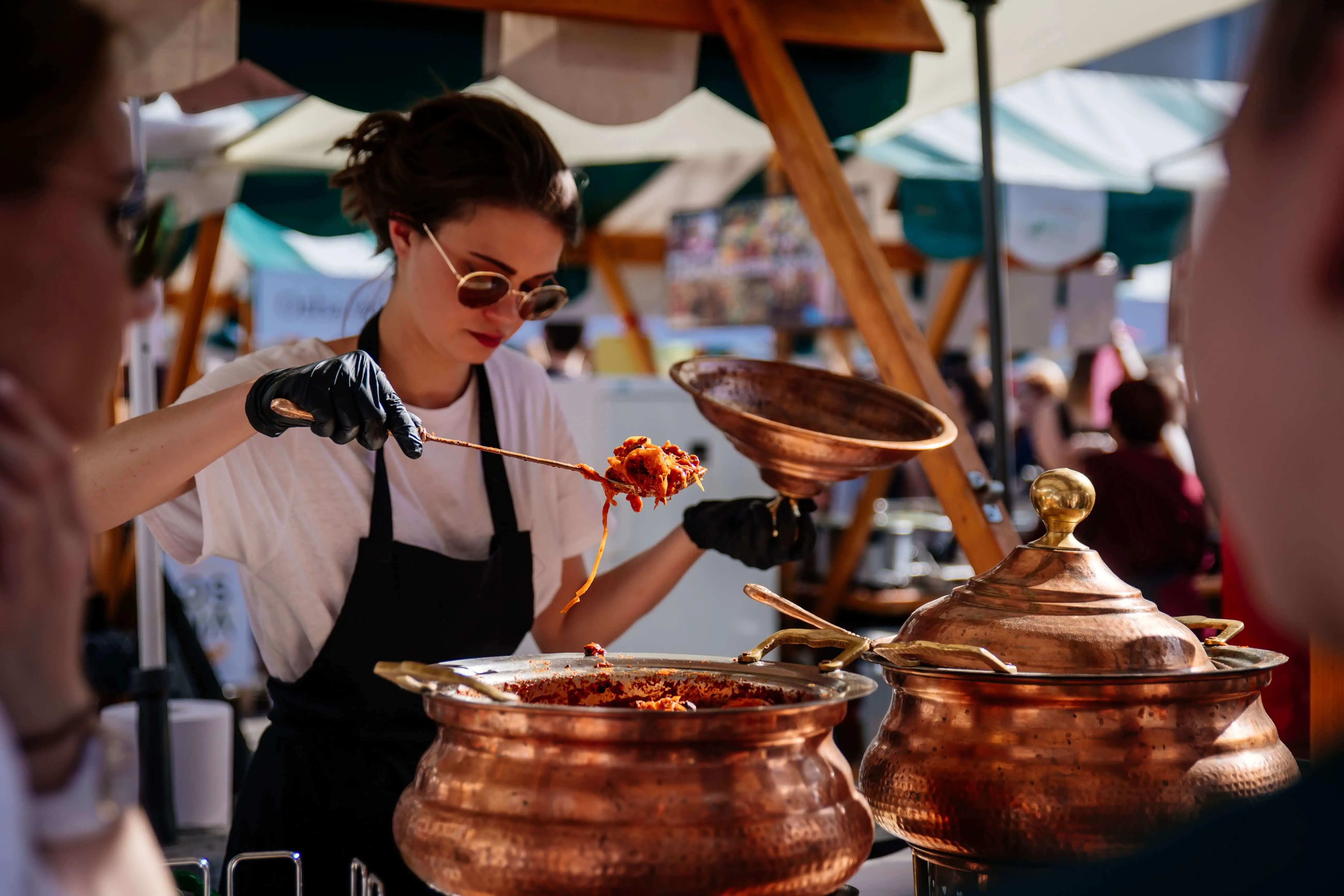
How has it changed over the years?
In some ways a lot and in other way not at all. The concept and the standards – in terms of quality, creativity and innovation – have remained the same, but of course the event grew and continues to grow in all aspects.
When we first started there were not a lot of people who understood what we wanted to do. But luckily one those people who understood was the Mayor of Ljubljana. On the very first event we had around 20 stands and it was a disaster, as it started to rain three hours after we opened. But we carried on and today we co-operate with around 80 different restaurants. In Ljubljana around 50 stands are full every Friday (this is how many fit to Pogačarjev trg) and the variety of food and drinks on offer is fantastic.
Odprta kuhna became a fixture in Ljubljana's social life, this is where the weekend begins, but we also became an important tourist attraction. Readers of The Guardian chose Odprta kuhna as one of the best street-food markets in the world, and the BBC placed Ljubljana as the third on this year's Top 10 Destinations for foodies list. We also expanded beyond Ljubljana and added new locations – this year Novo Mesto, in 2017 Ptuj, a year before that Nova Gorica...
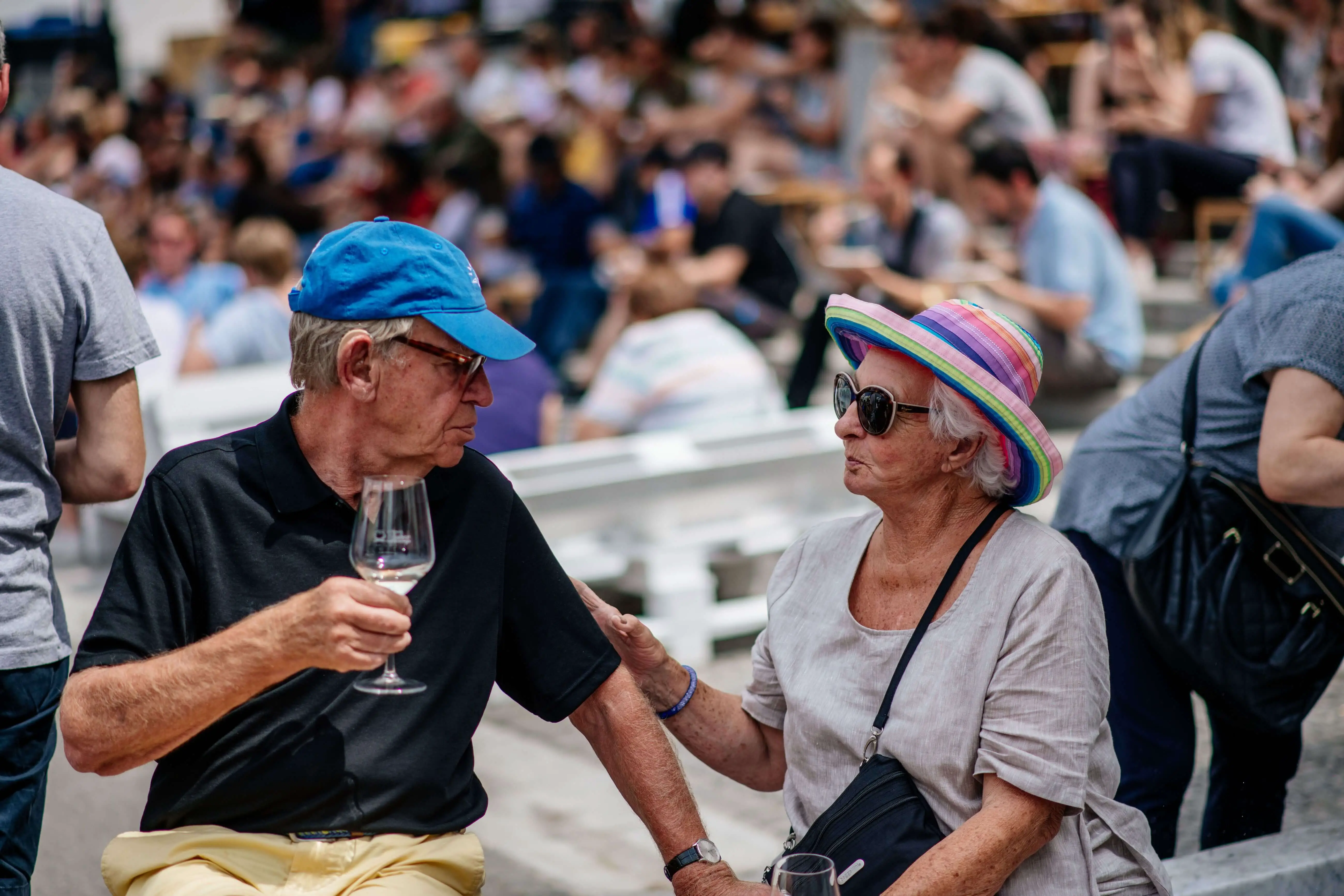
You also run Pivo & Burger fests – do you have any other special events?
Yes, besides Odprta kuhna and Pivo & Burger Fest, which will take place on Pogačarjev trg on April 6 and 7, we are launching a new event this year called Brina, Ljubljana gin festival. It will take place in beautiful Tivoli Park in and around Švicarija House, and it’ll be delicious! There is a number of excellent Slovenian gin distillers who will participate, and we’re talking top quality gin here. There will be speciality cocktail, tastings, food pairings, mixologists and gin connoisseurs from abroad, top chefs preparing amazing food, there will be music, art and good times, so Brina will definitely be one of the highlights of the season.
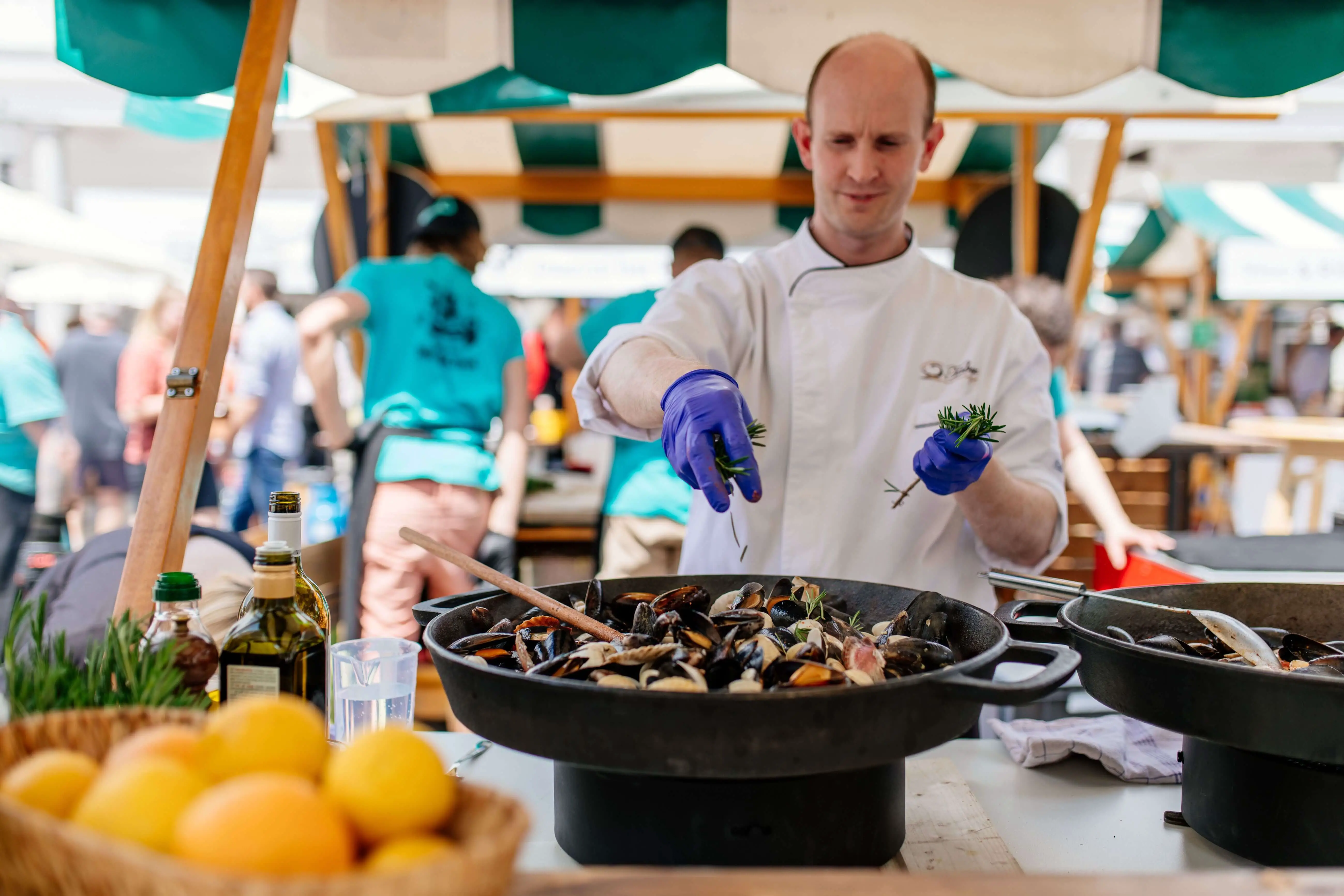
Is there anything new for this year?
Yes, at Odprta kuhna a number of new restaurants will participate – such as Gostilna Grabar, Hotel in restavracija Planinka, Gostišče Barbara, Pivnica Lajbah, Restavracija Evergreen, EK Bistro, El Patrón Tacos & Store, Fermen(s)tation, Pop's Place, Fejst™, TINK superfood café and La Ganache – and in April we will add a new stand, dedicated to natural, living wines.
In summer there will also be a special section of Odprta kuhna called Taste Slovenia where producers of Slovenian delicacies, tourist organisations from all over the country and producers of handmade kitchen and food related products such as wooden boards, ceramics and knives will present themselves as they did last year very successfully.
And of course we are very proud that some of the country's best chefs trust us and participate with us, such as legendary Janez Bratovž (JB Restavracija) and fantastic young chefs like Jorg Zupan (Atelje), Luka Košir (Gostišče Grič) and Mojmir Šiftar (Evergreen, named Young Talent of 2019 by Gault&Millau Slovenija).
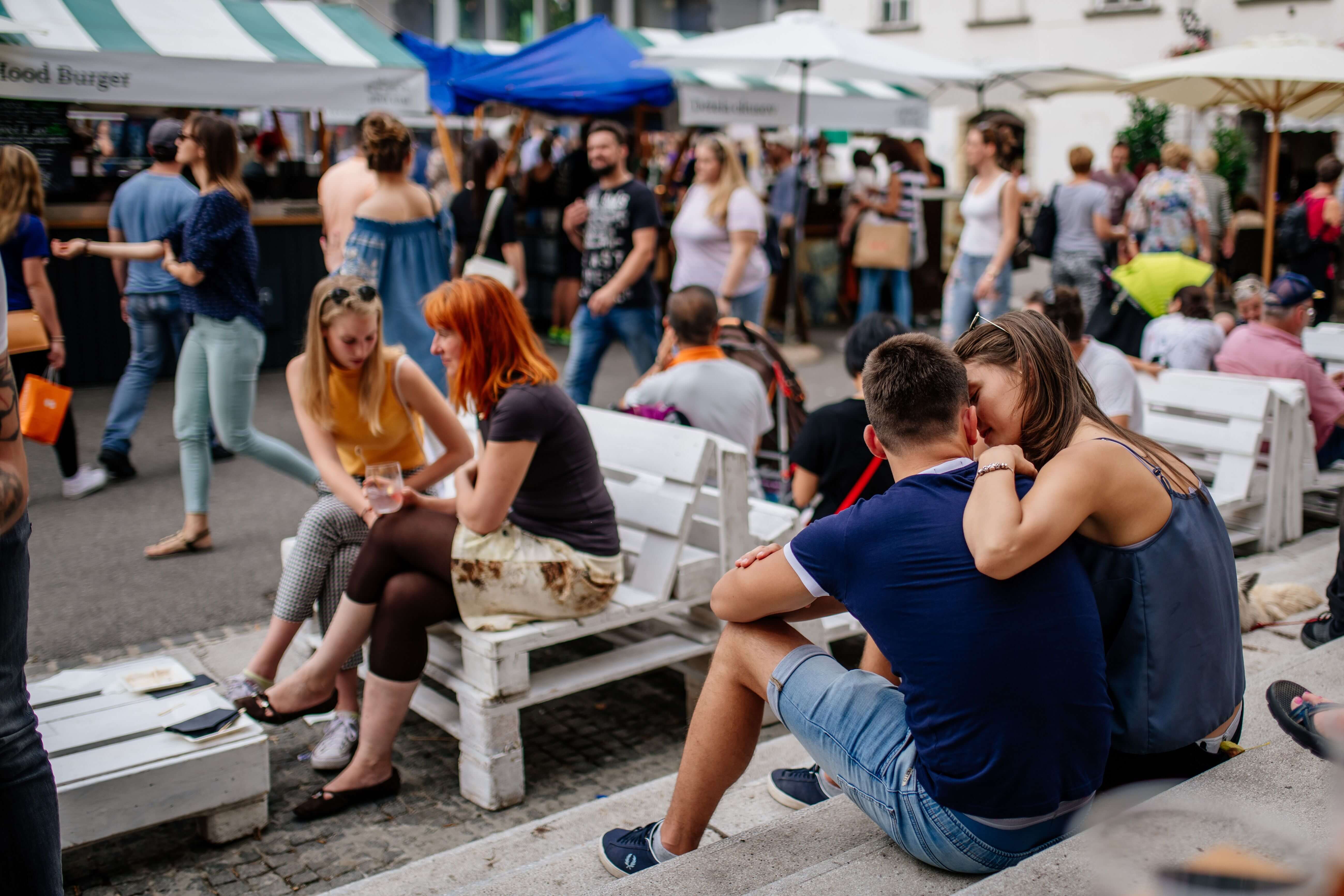
Where can people learn about the dates?
We have a lovely website where you can find out all about the dates (and, fortunately, very few cancellations due to bad weather) and much more. Of course we are also very active on social media. You can find us on Facebook and Instagram.
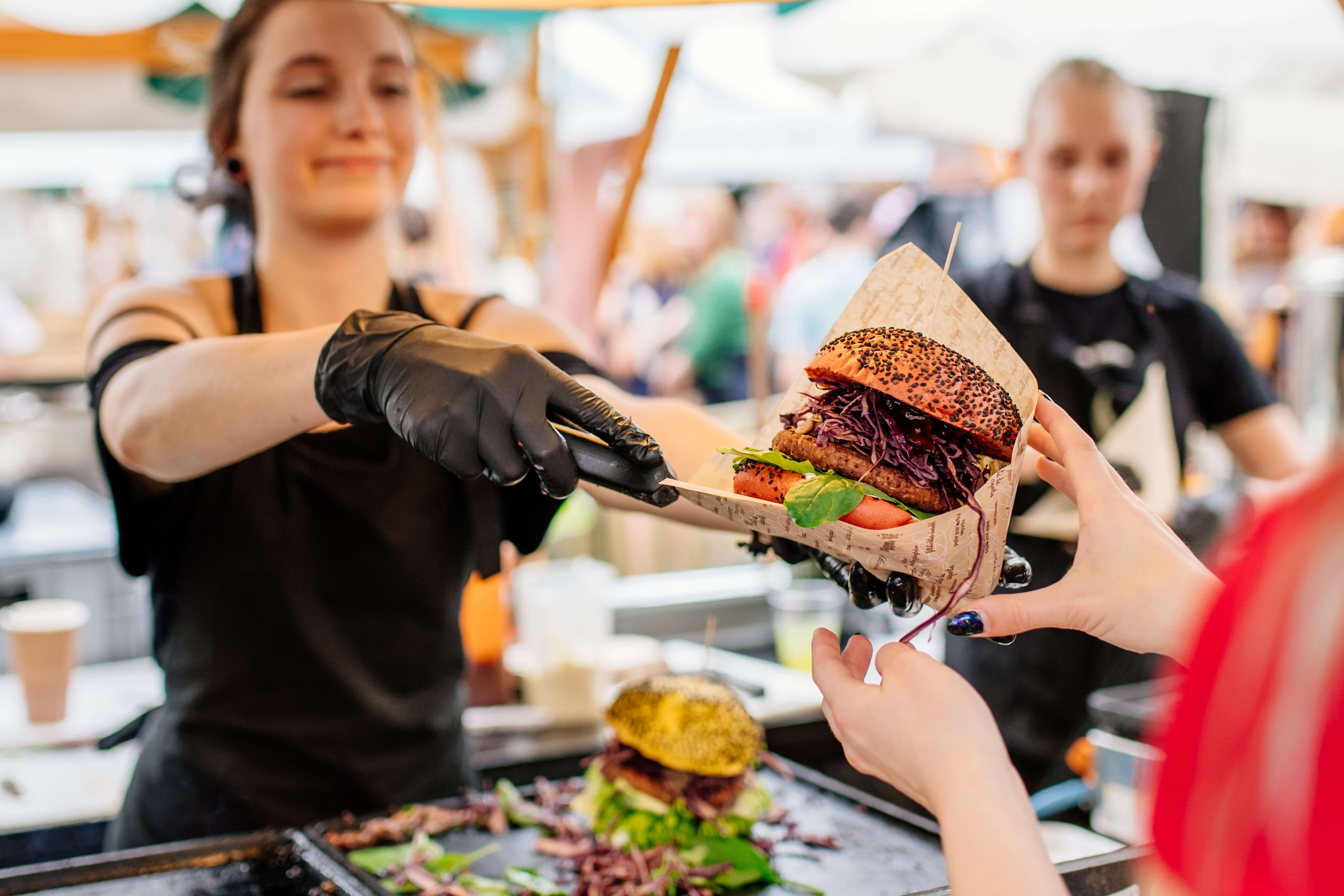
Personally, what do you enjoy most about the Open Kitchen events?
The food, the people, the atmosphere, the socializing, the buzz... I could go on. Odprta kuhna brings joy to people, it is open to everyone and everyone can try something new, meet old and new friends, explore and simply have fun.
I am there every single event from early morning to late evening and I never get tired of it. All of the people who work there are like family to me, I stop by every single stand at every single event to chat, make sure everybody is happy and doing well. In Ljubljana, where we have events on Fridays, there is also this collective sigh of relief that the weekend is about to start and it is a vibe you can feel very distinctly, you can almost touch it.
Related: What's on in Ljubljana this Week
STA, 19 February 2019 - Economists warn against selling Slovenian flagship wine producers to non-strategic buyers, which are usually not interested in long-term development but quick profit. They believe strategic buyers could be found at home.
Marko Hočevar and Aleš Kuhar have spoken to the STA after Istrabenz recently put on sale its 50% stake in Adriafin, the firm which owns almost 78% of Vinakoper.
They believe that for Vinakoper, one of the leading wine companies in Slovenia, getting a non-strategic owner would be "bad news".
Vinakoper is the leading wine maker on the coast, in the south-west of the country, where it has some 590 hectares of vineyards.
Another well-known wine maker, Vinag, a storied Maribor winery that traces its history to the 19th century, was sold to a company whose plans for the winery are not clear just yesterday. The new owner, Metalka Commerce is part of a business empire of Marjan Pišljar, dealing mostly in real estate and stocks.
Hočevar says there have been several takeovers lately with negative consequences for the acquired Slovenian wine companies, as non-strategic owners, such as various funds, are usually interested only in making quick profit from the wine producers' real estate or in other yields.
"I don't think it'd be good for Vinakoper to be taken over by a fund or somebody who sees its advantage in buildings rather than in the long-term development."
Since there are several solid wine makers in Slovenia, he believes Goriška Brda, another wine company from the Primorska region, could take over Vinakoper.
Kuhar shares Hočevar's view about the dark side of non-strategic owners, but notes the business models of Klet Brda and Vinakoper are somewhat different.
"Nevertheless, they could find synergies. The key question is the price and if Klet Brda would be able to finance such a purchase. Otherwise I see no problems," he says.
Hočevar says winemaking is one of the more important domestic industries, noting it is important economically, while Slovenians "are also culturally attached to wine".
In the business year 2017/2018, Slovenia produced almost 626,000 hectolitres of wine, meaning it was 91% self-sufficient.
Kuhar believes winemaking has a major development potential. "Winemaking is one of the most development-oriented branches of agriculture."
However, he also points to the grey market, which is thriving as wine production for own use often ends up in bars and restaurants and the state tolerates this.
Being in receivership, Istrabenz had tried to sell Adriafin before, and Adriafin's other owner - port operator Luka Koper - has the pre-emptive right to buy the company.
The 2016 attempt produced several potential buyers, including a Koper utility, which offered some EUR 2.5m for it, while Pišljar's Metalka Commerce offered somewhat more.
This time, the deadline for binding bids expires on 1 March.
STA, 30 January 2019 - Agriculture Minister Aleksandra Pivec has backed efforts by winegrowers from the Slovenian region of Brda to protect the Rebula wine together with fellow Italian winemakers across the border.
The Rebula vine is grown on some 25% of all vineyards in Brda, a region near the city of Nova Gorica on the border with Italy.
The Rebula wine is thus synonymous with Brda and is also grown on the Italian side of the hilly Brda.
What bothers the Slovenian farmers is that Italian winegrowers from the Padua Valley also grow this vine.
But due to a different climate, the same vine produces a different wine taste, wine company Klet Brda director Silvan Peršolja explained on Wednesday.
Growing Rebula in Brda is much harder than in the valley, where it is planted in sand as opposed to a marl-rich soil on the hills of Brda and in the Vipava Valley in Slovenia.
"We also kept Rebula when Chardonnays, various Pinots and other varieties of wine dominated the market," said Peršolja.
Now that Rebula is gaining ground globally, there are some who have never known Rebula in their entire lives who would like to take advantage of it, he said.
"The Rebula from low-lying areas does not reach the quality of the Rebula from Brda, what they have in common is only the name," said Igor Simčič, one of the leading winegrowers from Brda.
The winegrowers from Slovenia's Brda thus launched a debate with their colleagues from the Italian side of Brda to protect Rebula at the international level a few years ago.
However, protection procedures are rather long and it could already be too late in a few years' time, so prompt action should be taken, the farmers told Pivec.
The minister pledged her support for their efforts to join forces with the winegrowers from the Italian side of Brda.
She visited Brda to discuss various challenges faced by the local winegrowers and other farmers, including more efficient drawing of EU funds, where the farmers highlighted red tape as the biggest problem.




